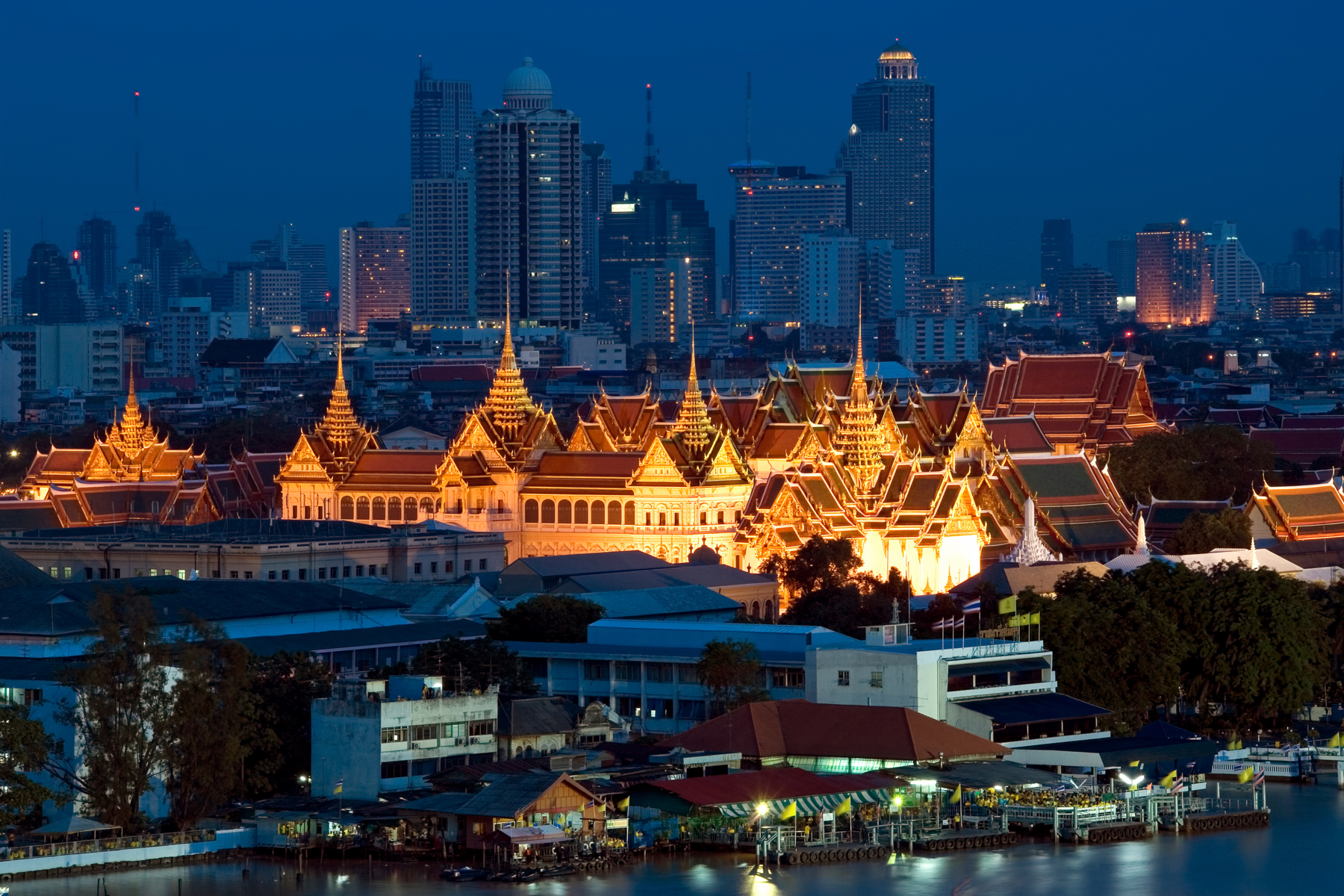
Why Thailand
(JUL22) Uniquely Thai

Thailand is well-known for the “Uniquely Thai” which impresses the international MICE travellers whether it is the unique service and hospitality of people and Thai food. Discover new experiences in the unique way of life in terms of valuable traditions and local culture and plentiful nature. Besides, assorted MICE activities and events are available to fulfill all kinds of demand. It is a rare experience that can be discovered in Thailand only. Moreover, with the efficient provision of the world-class facility to organise MICE events and the diverse concept of the creative organisation under the uniqueness, Thailand is the destination that fulfills all demands for MICE.
1. Thainess
- Consideration for Others
“Kwamgrengjai” is a Thai word that does not have a direct translation in English. It means to not make someone else suffer, or put them in a physically or emotionally difficult situation as a result of your actions. With so many Thais living in communal situations, arbitrary actions will invariably impact others. Putting aside self-interest for the common good is an attribute that is highly valued, and a characteristic of Thai people.
- Friendliness
Thailand is ranked #5 in the 2021 UK travel company Rough Guides’ survey of the world’s friendliest people. The result reflects one of the attributes that foreigners find most endearing about the Thai people – the Thai smile – and one that has led to the country’s nickname as the “Land of Smiles”. That Thai smile is ready and waiting to welcome MICE travellers from around the world.
- Desire to do good
It is customary for Thai people to make merit at various festivals, often performing good deeds for the benefit of elder deceased relatives. It’s therefore not a surprise that merit-making is often a part of many auspicious Thai ceremonies. The act of making merit, such as offering alms to monks on their morning rounds, can also be incorporated into unforgettable cultural experiences for MICE travellers from abroad.
- Thai musical instruments
Along with its art and culture, another intrinsically Thai element is Thai music. The instruments used to make traditional Thai music are distinct in the sounds they produce and unlike instruments from other countries. Each of the Thai musical instruments has an individual identity and an ability to create unique sounds, such as the ranart (Thai xylophone), gong, chakhe (fretted zither), and saw (bowed string instrument). The playing of Thai musical instruments can be categorized into four types: flicking, fiddling, striking, and blowing. When the instruments are played together beautiful melodies and rhythms are created.
- Thai architecture
The art of Thai architecture, whether it be houses, temples, palaces, or other structures, features varying characteristics influenced by geography and tradition. Throughout history Thai designers and architects developed and improved architectural styles based on the weather conditions, topography and have added distinctly Thai elements as another means of showcasing local craftsmanship. Thai architecture can be defined by two major periods: historical and the Rattanakosin period.
- Thai dress
Thai national dress is unique and combines exquisite tailoring and design with stunning patterned fabrics created by Thai artisans. This combination renders Thai costumes works of national art – unique and not easily copied. Thai dress as we know it was fostered by Her Majesty the Queen’s promotion of traditional Thai fabrics to a level where the craftsmanship involved and beautiful garments created have achieved international recognition.

- Ban Bang Chao Cha, Ang Thong province
In Ang Thong province, local handicrafts have become famous for their unique and new patterns, and the expert craftsmanship involved in creating beautiful baskets, which have led to the products becoming in high demand in both Thai and international markets. The Ban Bang Chao Cha community has become a model in using local handicrafts as a means to drive local professional development. The villagers use locally grown bamboo to make their baskets – an idea first suggested by HRH Princess Maha Chakri Sirinthorn. Any visit to the area should not miss the museum displaying all manner of creative uses of bamboo, as well as joining community activities, taking a farm truck to see the third largest rubber tree in the country, and observing the way of life along the Noi River including the mango, mayongchid, and santol orchards.

- Ban Sai Noi community, Phra Nakhon Sri Ayutthaya province
Phra Nakhon Sri Ayutthaya province offers a wonderful opportunity for MICE travellers to travel back in time and experience a traditional homestay experience at the Sai Noi Homestay Ecotourism village. This ancient community preserves its traditions and wisdom passed down from the Krungsri era. Visitors can join various community activities including making bricks, the art of Muay Thai, learning how to make delicious royal desserts from recipes that have passed down from generation to generation, learning about sufficiency farming as promoted by His Majesty King Rama IX, or how to do a foot massage. Other more leisurely activities include cycling through orchards full of organically-grown fruit, or visiting the toy museum and the area’s ancient ruins.
- Ban Nong Mae Na, Phetchabun province
Another great option for MICE travellers with an interest in eco-tourism lies in Phetchabun province at Ban Nong Mae Na village. Stay in local lodges and purchase souvenirs created by the villagers as part of the model village programme of the Department of Community Development (PCD), Ministry of the Interior. As a designated OTOP village, a concept that focusses on the delights of “Eating, Travelling, Shopping”, visitors to Ban Nong Mae Na can also enjoy adventurous MICE activities including trekking, studying nature trails, paddle boating on the Khek River, bird-watching, and camping.





